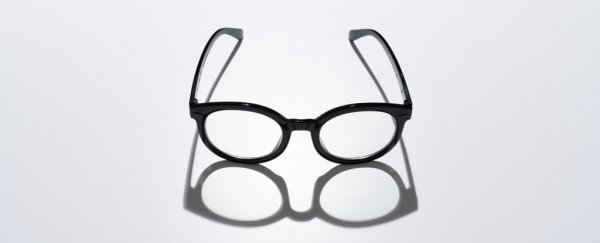Scientists are warning of an emerging ' epidemic' of myopia or near-sightedness, having observed sharp increases in the adult onset of myopia among late baby boomers.
Based on data collected from 107,442 participants in the extensive Biobank program in the UK, people born in the late 1960s are 10 percent more likely to be near-sighted than people born three decades earlier.
The biggest leap was in individuals who experienced their vision changes later in life, although among those with child-onset myopia, the number of severe cases doubled over the same period.
The condition is thought to be caused by a combination of genetic and environmental factors, including increased screen time – though the study also finds evidence that these are trends that can be changed with the right public health initiatives.
"It is now a pressing public health concern internationally, with an emerging 'epidemic' of myopia, characterized by increased prevalence accompanied by a whole population shift in distribution towards younger age at onset and greater severity," the researchers explain in their paper.
The oldest cohort covered by the Biobank study was people born between 1939 and 1944: Here 12.6 percent developed myopia in childhood and 7.4 percent developed it later on in life. For the youngest cohort, born between 1965 and 1970, those figures increased to 15.6 percent and 13.6 percent respectively.
Overall, the proportion of those with myopia in the oldest and youngest cohorts increased from 20 percent to 29.2 percent, though most of the additional adult cases were mild. While that doesn't tell the whole story – the highest percentage, 30.9 percent, was recorded for those born between 1955 and 1959 – it shows a worrying trend.
Digging further into the data, the researchers suggest several reasons for the jump: changes in the nutrition of diets in childhood, rises in the use of digital screens, and shifts in teaching methods (more homework and less time spent outdoors, for example).
An increase in the number of people staying in education past the age of 18 could also be a factor, according to the research. This association between higher education (more years spent reading, revising, and taking exams) and a higher risk of myopia has previously been noted in several previous studies.
"There has been a shift over time in the proportion of children opting to stay in higher and further education and, in parallel, changing methods of teaching, widespread use of TV and more recently the widespread use of electronic screen devices and extension of such activities into free time," write the researchers.
As other studies around the world have shown, myopia is becoming a problem for more people earlier on in life, while at the same time a higher proportion of the people who develop myopia are reporting more severe cases of the eye disorder.
However, the evidence shown here for a plateauing of myopia frequency across people born between 1955 and 1970 backs up the idea that these trends can be stabilized or even reversed, according to the researchers.
For that to happen, further investigation will be required into how different influences play into myopia risk, and how childhood rates (most likely determined by genetics) differ from adult rates (most likely influenced by environmental factors).
"A mixed economy of research is needed to improve our understanding of modifiable risk factors across the life course and how to tackle them," conclude the researchers.
The research has been published in PLOS ONE.
